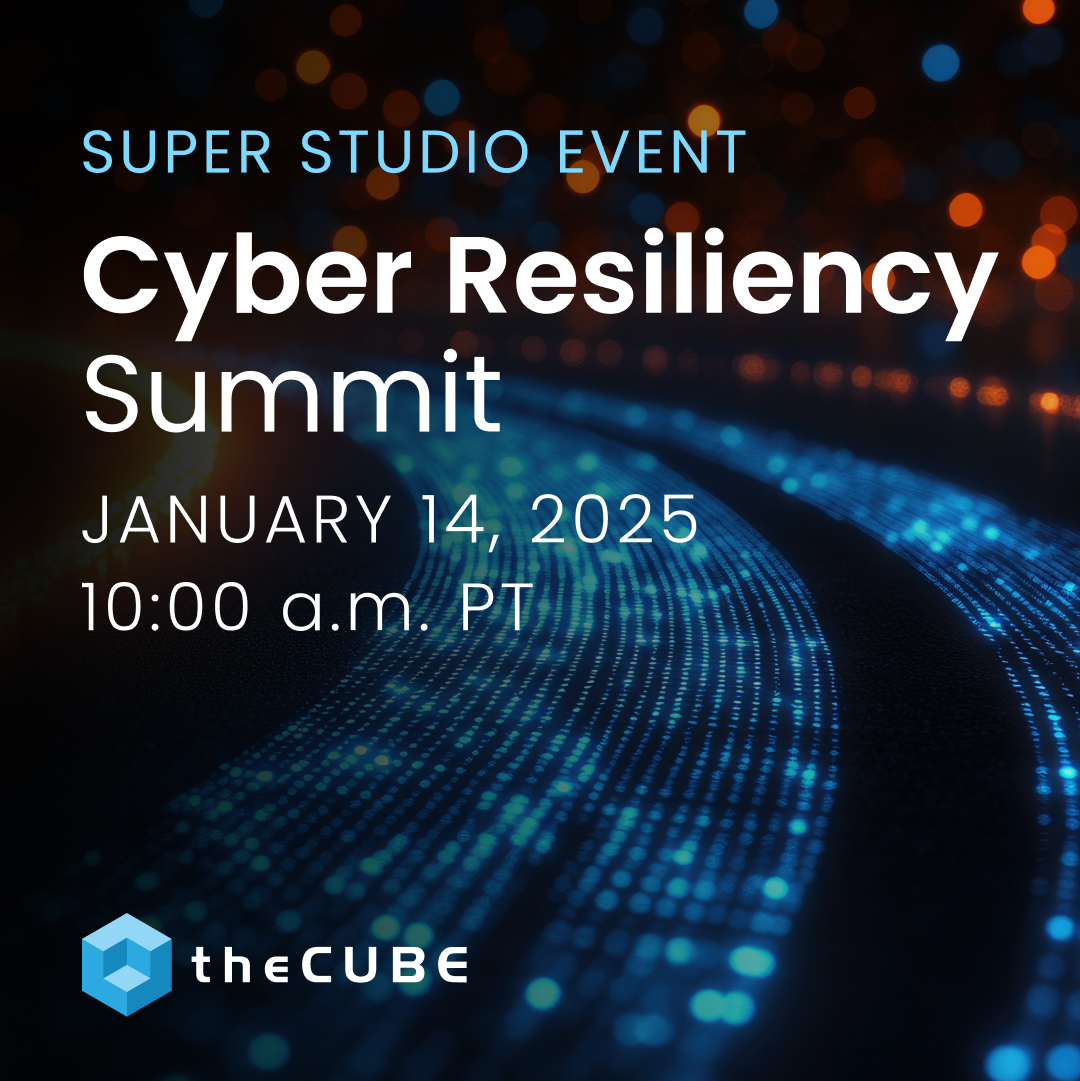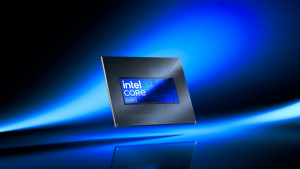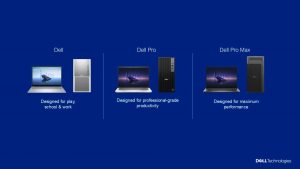Pay-Per-Youtube & Printed Weapons Prove Potent – SiliconANGLE Daily News Roundup
![]() YouTube is expected to launch its new paid subscription service and it could be as early as this week. The service would allow content owners to charge as little as a dollar ninety-nine each month to viewers wanting to watch. Currently, YouTube channel owners can only earn income by splitting the ad revenue generated from their content. Paid subscriptions would offer a more direct form of income for content makers, and provide an additional revenue stream for Google. YouTube launched its Hollywood studios film rental service early in twenty-ten, so many users are accustomed to paying to watch content on the World’s largest video site. How users will react to being charged for content they used to watch for free remains to be seen.
YouTube is expected to launch its new paid subscription service and it could be as early as this week. The service would allow content owners to charge as little as a dollar ninety-nine each month to viewers wanting to watch. Currently, YouTube channel owners can only earn income by splitting the ad revenue generated from their content. Paid subscriptions would offer a more direct form of income for content makers, and provide an additional revenue stream for Google. YouTube launched its Hollywood studios film rental service early in twenty-ten, so many users are accustomed to paying to watch content on the World’s largest video site. How users will react to being charged for content they used to watch for free remains to be seen.
Boot-Loaders No-No’ers
Two years after vowing to unlock their devices’ boot-loaders, HTC has only delivered about half of what they promised. Bootloaders are a low-level bit of software on a computer that allows the rest of the operating system to start-up. If a bootloader is able to be unlocked, along with allowing the phone to be tinkered with in various ways, it allows you to load your own operating system. Now, as the major phone manufacturers are releasing their flagship phones, consumer watchdogs are holding the manufacturers to their word. Two years after their promise, manufacturers still haven’t managed to unlock their phones. As it turns out, it’s not HTC or Samsung who are keeping these devices from being unlocked, it’s the carriers. Though each device maker tends to offer developer editions which come unlocked, the carriers refuse to sell them, and despite the demand for an open device, all four big carriers argue that locked bootloaders are a feature rather than a drawback.
![]() Tor Books, the world’s leading publisher of science fiction books, announced last year that it was making all of its e-books DRM-free. Some writers were concerned that the decision would lead to rampant copyright infringement. An update posted on Tor’s website claims that those fears were unfounded. A year with no copy protection on its e-books lead to no discernible increase in piracy of any of its book titles. Some critics of the plan suggest that, due to Tor’s unique customer base, the results seen here may not be mirrored if other e-book publishers were to follow suit. The music industry saw a similar reaction in 2009, when Apple began selling DRM free music downloads in iTunes. Following the move, Apple did not report large increases in piracy.
Tor Books, the world’s leading publisher of science fiction books, announced last year that it was making all of its e-books DRM-free. Some writers were concerned that the decision would lead to rampant copyright infringement. An update posted on Tor’s website claims that those fears were unfounded. A year with no copy protection on its e-books lead to no discernible increase in piracy of any of its book titles. Some critics of the plan suggest that, due to Tor’s unique customer base, the results seen here may not be mirrored if other e-book publishers were to follow suit. The music industry saw a similar reaction in 2009, when Apple began selling DRM free music downloads in iTunes. Following the move, Apple did not report large increases in piracy.
![]() Taiwanese-based company Acer had planned to release a Windows RT tablet in the second quarter of this year, but has decided to hold off for now. “The plan for an RT tablet is ongoing,” said Acer President Jim Wong in an interview Friday at a company event in New York. So far, Windows RT tablet sales have been poor, and Acer is focusing on Windows 8, Android tablets and hybrid devices. During the global press event in NYC, the company introduced an array of tablet and slate hybrid offerings. Previously, Acer had been focused on high-priced devices but now focus is shifting to more low-cost options. In conjunction with the NYC event, Amazon.com users were breifly exposed to a preview of the first small-tablet Windows offering: the Acer Iconia W3, which is rumored to have a price-point of under three-hundred eighty dollars, setting the tone for upcoming Acer offerings. The company expects twenty-five percent of its tablet business to come from Windows 8. Following a peak as the world’s second-largest PC maker in the third quarter of 2009, Acer fell behind with the emergence of tablets and smartphones. Now the world’s fourth-largest PC maker, is planning its resurgence into the growing and competitive tablet market, and this new line-up of Acer products may just be their ticket in.
Taiwanese-based company Acer had planned to release a Windows RT tablet in the second quarter of this year, but has decided to hold off for now. “The plan for an RT tablet is ongoing,” said Acer President Jim Wong in an interview Friday at a company event in New York. So far, Windows RT tablet sales have been poor, and Acer is focusing on Windows 8, Android tablets and hybrid devices. During the global press event in NYC, the company introduced an array of tablet and slate hybrid offerings. Previously, Acer had been focused on high-priced devices but now focus is shifting to more low-cost options. In conjunction with the NYC event, Amazon.com users were breifly exposed to a preview of the first small-tablet Windows offering: the Acer Iconia W3, which is rumored to have a price-point of under three-hundred eighty dollars, setting the tone for upcoming Acer offerings. The company expects twenty-five percent of its tablet business to come from Windows 8. Following a peak as the world’s second-largest PC maker in the third quarter of 2009, Acer fell behind with the emergence of tablets and smartphones. Now the world’s fourth-largest PC maker, is planning its resurgence into the growing and competitive tablet market, and this new line-up of Acer products may just be their ticket in.
Netflix Ending Piracy in Surprising Ways
Where Netflix goes, video piracy falls. At least, that’s the claim being made by the streaming video giant. Internet service providers are noticing drops in BitTorrent traffic when Netflix moves into a new territory. The data suggests that users aren’t necessarily watching pirated versions of films and television shows maliciously. Users could be watching content illegally, because it’s the only way to watch it at all. When legal options are available, there’s less incentive to search for pirated copies on file-sharing sites. Ted Sarandos, the Chief Content Officer at Netflix explained why they should be viewed as a piracy deterrent, saying, “One of the things is we get ISPs to publicise their connection speeds – and when we launch in a territory the BitTorrent traffic drops as the Netflix traffic grows. So I think people do want a great experience and they want access – people are mostly honest. The best way to combat piracy isn’t legislatively or criminally, but by giving good options.” There’s been no comment yet from any of the major Hollywood studios in reaction to these claims.
Plastic Cars
For Jim Kor, designer of the world’s first printable car, the future of the auto assembly line won’t look anything like the robotic arms spewing sparks that we see today. Rather, he sees a warehouse of plastic spraying printers producing amazingly light and affordable automobiles. Though his latest production car, called the Urbee, is still in its infancy, it could revolutionize parts manufacturing, and potentially open the door for anyone to become an automobile manufacturer, and produce cars that could easily compete with companies like Ford or GM. For one thing, printing a car out of plastic is significantly less expensive and time consuming than forging one out of steel, and the different building techniques allow people like Kor to do amazing things that no other car builders can. Parts can be as thick or thin as you want, allowing a full-sized family sedan to weigh as much as a motorcycle. That translates to less weight for the engine to push, and a lighter car means more miles per gallon. Don’t get too carried away, though – not all of the Urbee is printed plastic. The engine and chassis still need to be metal, as current versions of a plastic engine can only produce a maximum of ten horsepower. Until they figure that out, you’ll have to stick to the current model and its gas mileage, which is expected to be able to travel from San Francisco to New York on a single twelve gallon tank.
Web-Based Bixness
ORBix, a new streaming technology, could revolutionize cloud computing. ORBix.js, a browser codec, allows for an uninterrupted, adaptable stream from servers, directly to web browsers, without any lag, and without the need for a web plug-in. The technology was demo-d recently, showing a complex first-person shooter video game being streamed to a browser seamlessly, with no latency. The technology could be a benefit for the video game industry, allowing complex games to run on basic computers. When high performance software is hosted in the cloud, the local device becomes irrelevant, as long as it can handle the speed. With ORBX, games, programs and apps, digital models, and movies, can all be rendered in the cloud, and streamed to the most basic, internet enabled devices. ORBX is supported in all five major HTML5 enabled browsers. One major roadblock to the service is Apple. iOS devices don’t support WebGL in the browser. Many observers feel that it’s just a matter of time before Apple concedes. Unfortunately, the same was said about Apple’s refusal to enable Adobe Flash on iOS. ORBX technology could suffer the same fate.
Los Alamos Does Something Nuclear
One of the dreams for network security experts is the ability to ensure a perfectly secure internet, something many thought was never possible. However, in a surprise announcement by the Los Alamos National Labs, a perfectly secure internet is not only possible, but it’s a reality – and one that’s been around for the past two and a half years. The basic concept behind the network comes from quantum mechanics, which states that the observation of a particle also changes it. Using this understanding of physics, engineers have managed to set up point-to-point networks that literally guarantees nobody can snoop or eavesdrop. However, there is a big drawback to this feature. Because the communication can only go from point A to B, routing the information onwards to C or D is simply impossible with today’s technology. So a full-on quantum internet is technically impossible until we can figure out how to pass along particles without changing them. Regardless, the ability to send perfectly secure information from one point to the next is extremely valuable for businesses like banks, who will likely be the first commercial investors in the technology.
Rock-it, Man
The US Airforce is going to cut your cross-country travel time from a full day down to forty-five minutes thanks to the new X-Fifty-One-A Waverider hypersonic plane. The WaveRider was released Wednesday from a B-fifty-two bomber and was initially accelerated by a rocket before the “scram-jet” kicked in. This “scram-jet” engine compresses air with the super-sonic shockwave as it flies, creating heat which is propels it at the speed of a mile a second. This unmanned craft flew for more than three minutes hitting a speed of Mach five point one. After three unsuccessful runs, this launch confirms the possibility of either an application for space-bound flights or simply a near instant contact with any point in the globe.
![]() The topic of gun control just got a bit more confusing with the creation of the first 3D printed gun. “The Liberator” as it’s called, was recently created by a couple of engineers out of Texas. Using an eight-thousand dollar, second-hand printer, they produced fifteen of the sixteen pieces in a matter of hours. The last piece, a firing pin, utilized a simple nail from the hardware store. The home-made gun proved successful after firing a three-eighty caliber round without exploding the plastic barrel. For better or worse, the blueprints have since been uploaded for the world to see. For security measures, it’s unlikely that the idea of printing your own weapon will go over well with the authorities, but it’s interesting to see where 3D printers will take us next.
The topic of gun control just got a bit more confusing with the creation of the first 3D printed gun. “The Liberator” as it’s called, was recently created by a couple of engineers out of Texas. Using an eight-thousand dollar, second-hand printer, they produced fifteen of the sixteen pieces in a matter of hours. The last piece, a firing pin, utilized a simple nail from the hardware store. The home-made gun proved successful after firing a three-eighty caliber round without exploding the plastic barrel. For better or worse, the blueprints have since been uploaded for the world to see. For security measures, it’s unlikely that the idea of printing your own weapon will go over well with the authorities, but it’s interesting to see where 3D printers will take us next.
To keep up with this and much more news, don’t forget to watch us live and online on the Morning NewsDesk Show with Kristin Feledy.
photo credit: Viktor Hertz via photopin cc
photo credit: rebopper via photopin cc
photo credit: Ciccio Pizzettaro via photopin cc
photo credit: Ethan Hein via photopin cc
A message from John Furrier, co-founder of SiliconANGLE:
Your vote of support is important to us and it helps us keep the content FREE.
One click below supports our mission to provide free, deep, and relevant content.
Join our community on YouTube
Join the community that includes more than 15,000 #CubeAlumni experts, including Amazon.com CEO Andy Jassy, Dell Technologies founder and CEO Michael Dell, Intel CEO Pat Gelsinger, and many more luminaries and experts.
THANK YOU













